A Painting Cycle | Conversation with Jessica Warboys
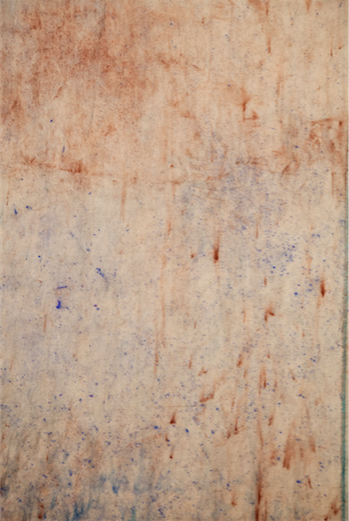 Jessica Warboys, Sea Painting, Stromboli (detail), 2011. Installation view, Nomas Foundation, Rome. Ph. Giuliano Pastori
Jessica Warboys, Sea Painting, Stromboli (detail), 2011. Installation view, Nomas Foundation, Rome. Ph. Giuliano Pastori
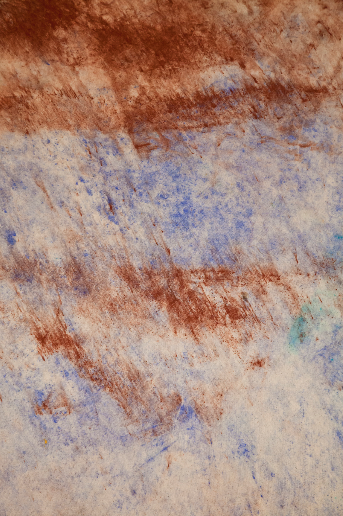 Jessica Warboys, Sea Painting, Stromboli (detail), 2011. Installation view, Nomas Foundation, Rome. Ph. Giuliano Pastori
Jessica Warboys, Sea Painting, Stromboli (detail), 2011. Installation view, Nomas Foundation, Rome. Ph. Giuliano Pastori
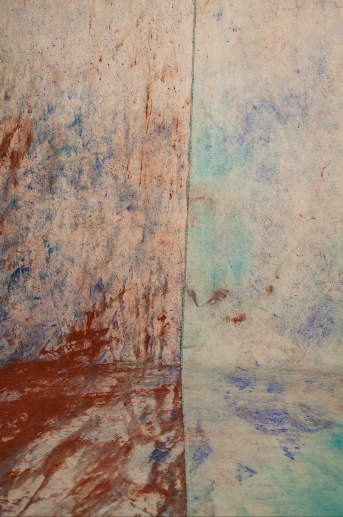 Jessica Warboys, Sea Painting, Stromboli (detail), 2011. Installation view, Nomas Foundation, Rome. Ph. Giuliano Pastori
Jessica Warboys, Sea Painting, Stromboli (detail), 2011. Installation view, Nomas Foundation, Rome. Ph. Giuliano Pastori
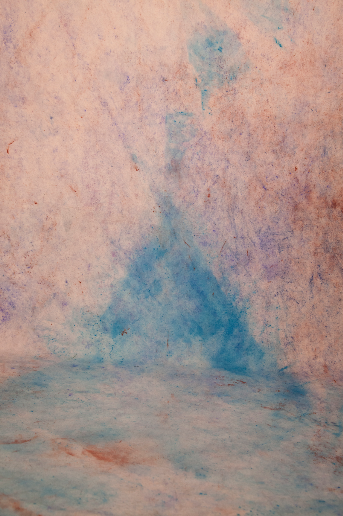 Jessica Warboys, Sea Painting, Stromboli (detail), 2011. Installation view, Nomas Foundation, Rome. Ph. Giuliano Pastori
Jessica Warboys, Sea Painting, Stromboli (detail), 2011. Installation view, Nomas Foundation, Rome. Ph. Giuliano Pastori
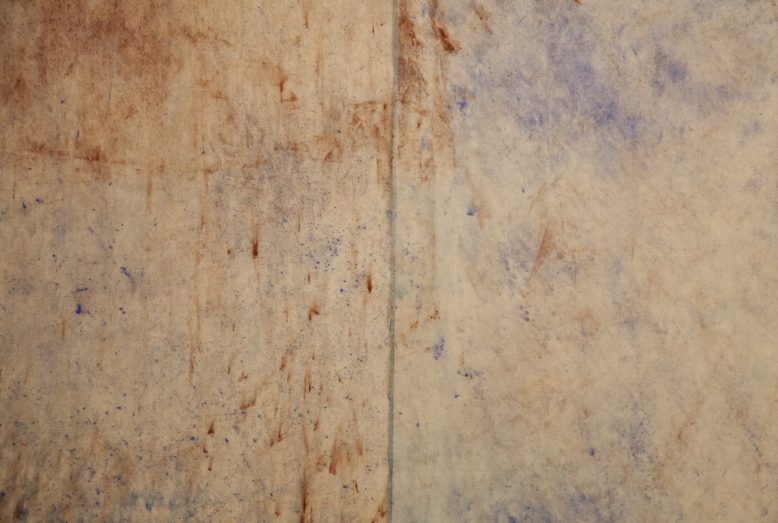 Jessica Warboys, Sea Painting, Stromboli (detail), 2011. Installation view, Nomas Foundation, Rome. Ph. Giuliano Pastori
Jessica Warboys, Sea Painting, Stromboli (detail), 2011. Installation view, Nomas Foundation, Rome. Ph. Giuliano Pastori
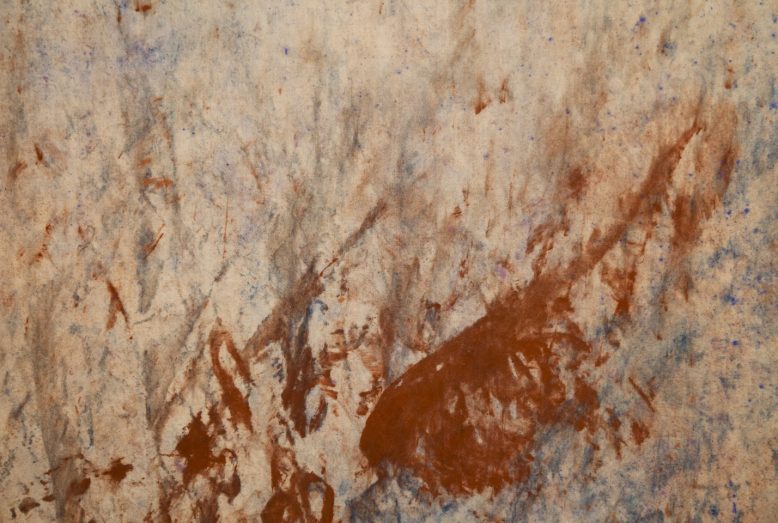 Jessica Warboys, Sea Painting, Stromboli (detail), 2011. Installation view, Nomas Foundation, Rome. Ph. Giuliano Pastori
Jessica Warboys, Sea Painting, Stromboli (detail), 2011. Installation view, Nomas Foundation, Rome. Ph. Giuliano Pastori
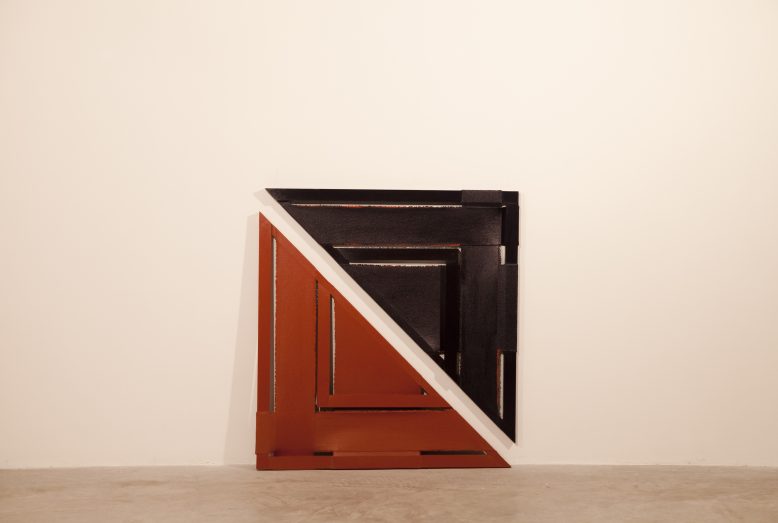 Jessica Warboys, Motion Motif, 2012. Installation view, Nomas Foundation, Rome. Ph. Giuliano Pastori
Jessica Warboys, Motion Motif, 2012. Installation view, Nomas Foundation, Rome. Ph. Giuliano Pastori
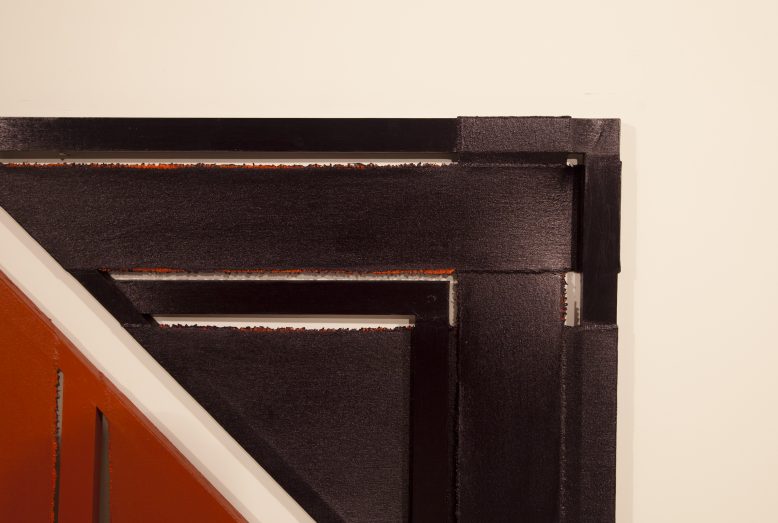 Jessica Warboys, Motion Motif (detail), 2012. Installation view, Nomas Foundation, Rome. Ph. Giuliano Pastori
Jessica Warboys, Motion Motif (detail), 2012. Installation view, Nomas Foundation, Rome. Ph. Giuliano Pastori
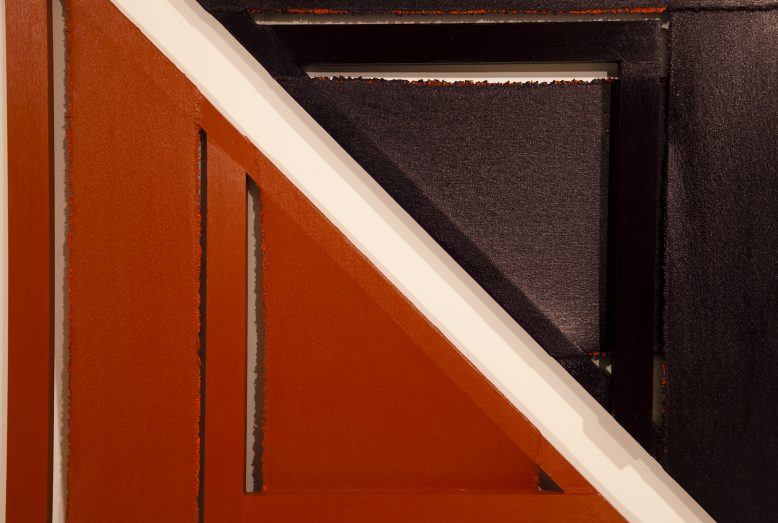 Jessica Warboys, Motion Motif (detail), 2012. Installation view, Nomas Foundation, Rome. Ph. Giuliano Pastori
Jessica Warboys, Motion Motif (detail), 2012. Installation view, Nomas Foundation, Rome. Ph. Giuliano Pastori
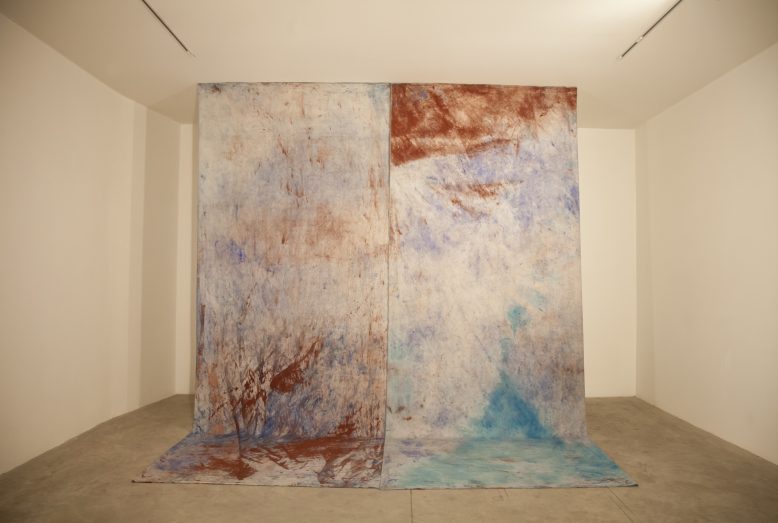 Jessica Warboys, Sea Painting, Stromboli, 2011. Installation view, Nomas Foundation, Rome. Ph. Giuliano Pastori
Jessica Warboys, Sea Painting, Stromboli, 2011. Installation view, Nomas Foundation, Rome. Ph. Giuliano Pastori
March 8th, 2012
Jessica Warboys utilises a range of media within her practice, including: film, painting and performance. Her work, oscillating between process and action, pattern and repetition, control and chance exist in different states and systems. Landscape becomes a privileged partner with whom Warboys dialogues, forges, creates, performs and films. In her ‘Sea paintings’ the artist submerges large un-stretched canvases into the sea before and after applying pigment directly onto their surface. The action, closely linked to performance, traces the movements of the constantly changing and uncontrollable variables of the environment, revealing and concealing at once the gesture of making and the flow of nature. Warboys’ approach to painting is related simultaneously to chance, action and control providing a visible space in in which to identify the passing of time and the presence of gesture. Revealing a simultaneous tension between circularity, repetition and compulsion the artist’s work narrates the constant ambiguity of status, the precariousness of life.
Nomas Foundation: If you were to describe your work through some key words which would you indicate?
Jessica Warboys: Performance, shifting/adapting, weaving, printing, nature, structure, narrative, overlapping and chance.
NF: When did your interest in painting start, and how did you become part of your vocabulary?
JW: In 2004, I painted a big wall painting employing relief, flat colour and spray paint as part of a show of sculpture and video, I continued with film then later in 2009, I made my first Sea Painting. Around the same time I also made a large cyanotype and a marbled canvas, while the sculpture/paintings, the torn canvas woven into frames came a little later.
NF: How much is the idea of series, repetition, and narration, important for your practice?
JW: Maybe not so much the idea of series, but narration - repetition occurs in the act of making a Sea Painting, although the variables constantly change: weather, size, location, colours. The motivation and constraints of works change as well, so even though a process can be repeated, things are moving, there are many variables and so surprises. I wouldn’t like to see the same thing happening. I guess, like film, each frame is different.
NF: As you pointed out your Sea Paintings work with constantly changing variables such as the sea and the wind. Can you reveal something about the process of making, about the gesture enclosed in this work?
JW: I try to maintain a kind of speed and spontaneity in the making, to reflect something immediate and direct from my-self and the environment
NF: Do you consider your painting practice as performance?
JW: The aspect of performance inherent to a sea painting, is the process of making which is recorded. In a way I see the works as prints or traces of a performance. Ultimately these paintings are a space on which to project the performance of making and then a vehicle to transfer it from the location of construction, the seaside, to the gallery space and audience. The marks on the canvas directly refer to a series of gestures made during a limited time spent at a specific locale - in a way these canvases provide spaces to render invisible performances, visible. Performance suggests an event in time, and specific to a place - performance in its most open interpretation is the link between the methods I use: film, painting and sculpture.
NF: Which peculiarities of your research are being pointed out within the works presented on the occasion of ‘A Painting Cycle’?
JW: Performance. Adapting to the space or architecture. Un-stretched contra stretched. Pigment contra paint. Gesture, accident or the contrary.